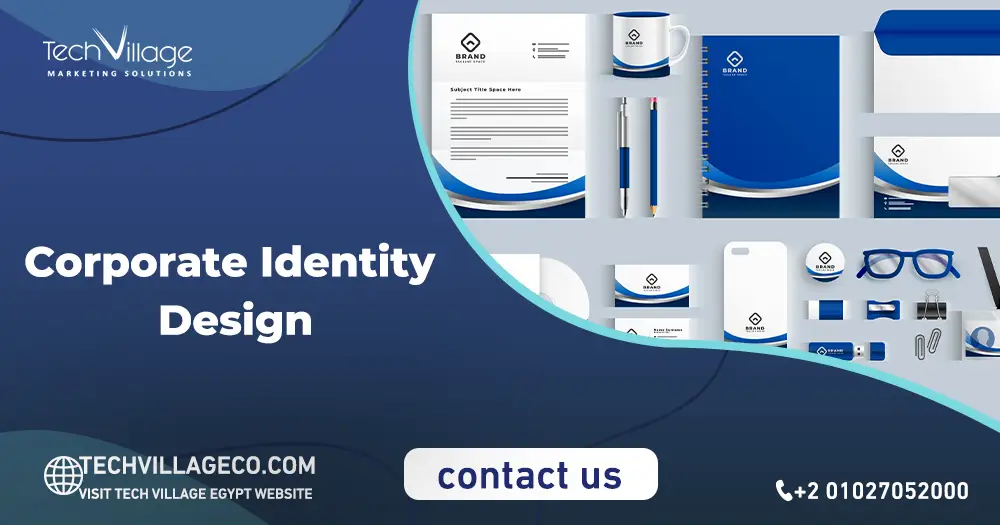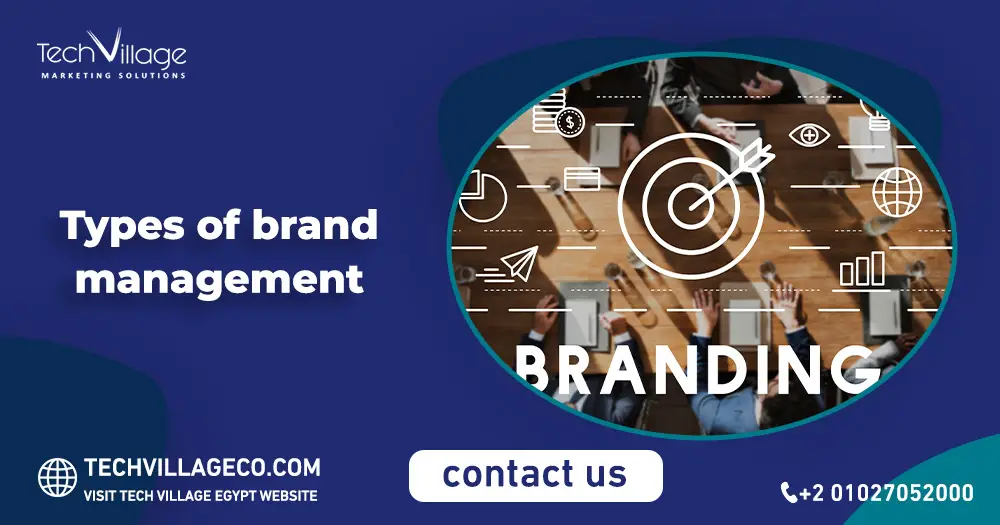Corporate identity design is more than just logos and colors; it is the visual language that expresses the values and goals of the company. In a highly competitive world, corporate identity plays a crucial role in distinguishing the brand from others. Through a distinctive and professional design, customers can easily recognize the company, which enhances trust and belonging.
A successful corporate identity design not only reflects the appearance of the company, but also expresses its message and spirit, making it an essential tool for achieving success in the market. In this context, understanding the elements of Corporate identity design and applying them effectively becomes key to building a strong and sustainable brand.
Table of Contents
ToggleWhat Is Corporate Identity Design?
Corporate identity design is the process of creating and developing visual elements that express the personality and vision of the company. This design includes a set of elements such as the logo, colors, fonts, symbols, and the overall style that distinguishes the brand from competitors.
The goal of corporate identity design is to build a consistent and attractive image that contributes to enhancing brand recognition and building trust and loyalty among customers. Corporate identity design also reflects the company’s values and culture, which helps to communicate its message effectively at all points of contact.
Read also: How To Make Your Brand.
How To Create Corporate Identity Design?
According to tech village, creating a corporate identity design requires thoughtful and systematic steps. Here are some basic steps:
- Research And Analysis:
- Start by studying the market and understanding the competitors.
- Define the target audience and their needs.
- Define Values And Mission:
- Define the core values that represent the company and the mission it seeks to achieve.
- Develop The Identity Concept:
- Develop a concept that reflects the company’s identity.
- Gather ideas and insights on how to express this identity visually.
- Create Design Elements:
- Design the logo: Make the logo clearly reflect the company’s identity.
- Choose colors: Select a color palette that suits the message to be conveyed.
- Choose fonts: Choose a font type that matches the company’s identity and is easy to read.
- Prepare An Identity Guide:
- Create a guide that includes all the elements used, with directions on how to use them in different contexts.
- Identity Application:
- All marketing items, including business cards, websites, and ads, should use the company’s logo.
- Evaluate And Modify:
- Analyze how the identity affects the audience and be ready to modify it in response to criticism.
Get to know: Incorporation Of Company Branding And Seo.
What Is Corporate Identity Strategy?
A corporate identity strategy is a comprehensive plan that defines how a brand will be presented in the marketplace and how it will interact with its audience. This strategy includes a set of elements that aim to enhance the company’s image and build strong relationships with customers. Here are some of the key components of a corporate identity strategy:
- Vision and values: Determine the company’s long-term vision and the core values that guide its activities.
- Market analysis: Understand the competitive environment and target market to determine how the brand can be differentiated.
- Develop visual elements: This includes logo design, color selection, fonts, and other elements that reflect the brand’s identity.
- Define the message: Craft a clear message that expresses what the company wants the public to know about it and what value it provides.
- Communication strategies: Determine how and where the company will communicate with its audience, including social media, websites, and advertising campaigns.
- Implementation and compliance: Ensure that corporate identity elements are used consistently across all customer touchpoints.
- Evaluation and improvement: Measure the impact of the corporate identity strategy and make adjustments based on feedback.
Get to know: Company Profile Design Services.
What Are The Different Types Of Corporate Identity?
Corporate identity design comes in several types, each of which reflects different aspects of an organization’s personality. The most prominent of these types include: Visual identity, which includes visual elements such as logos, colors, and fonts, and plays a vital role in how a brand is distinguished.
Auditory identity, which includes sounds or melodies used in advertisements or voice messages, and contributes to creating a lasting impression. Cultural identity, which reflects the values and principles embraced by employees, and shapes the work environment. Interactive identity, which relates to how a company interacts with its audience through social media and customer service.
Finally, administrative identity, which reflects how the internal structure and management decisions are organized. These different types complement each other to form a comprehensive image that expresses the organization and enhances customer loyalty and brand success.
Read also: Brand Identity Vs Brand Strategy.
How To Create Corporate Identity?
Creating a corporate identity design requires following systematic steps to ensure the design is effective and consistent with the company’s vision. The process begins with research and market analysis to identify the target audience and their needs. Next, the core values that represent the company’s identity must be determined.
Then comes the stage of developing visual elements, including logo design and choosing colors and fonts, that reflect this identity. It is also important to prepare a comprehensive identity guide that explains how to use these elements consistently across all communication platforms and marketing materials.
After creating the identity, it should be applied effectively in all aspects of the company, from advertising to customer service. Finally, the impact of the identity on the audience must be evaluated and the necessary adjustments made to ensure its continued success and consistency with changes in the market.
Read also: what is brand management benefits?
The Difference Between Branding And Corporate Identity
Branding and corporate identity are two related concepts but differ in focus and content. Branding refers to the overall impression that a company leaves in the minds of the public, including the emotions and experiences associated with products or services.It consists of both material components like the logo and colors and immaterial components like attitudes and ideals.
On the other hand, corporate identity focuses more on the visual elements and tangible features that define how a company presents itself, such as logos, fonts, and marketing materials. While corporate identity expresses the official appearance of a company, branding encompasses everything related to the customer’s experience and interactions with the company. Therefore, it can be said that corporate identity is part of the brand, as it contributes to shaping the overall image that is formed in the minds of customers.
Conclusion
In conclusion, it can be said that corporate identity design is the cornerstone of building a strong and successful brand. It creates a lasting impression on customers and enhances their loyalty to the brand. By leveraging innovative visual elements and effective communication, companies can distinguish themselves in a crowded market.
Therefore, investing in designing an integrated and attractive corporate identity is a necessary strategic step for every company seeking to achieve its goals and expand its influence. Corporate identity is not just an appearance, but rather a story told through each design element, which contributes to shaping the customer experience and enhancing the brand’s position in their minds.
FAQ
What Is Corporate Identity Theory?
Corporate identity theory is a conceptual framework that focuses on how organizations form and express their identity in the minds of the public. This theory examines the elements that make up a corporate identity, such as logos, colors, values.
How To Manage Corporate Identity?
Managing corporate identity requires a systematic approach to ensuring that all elements are consistent with the company’s vision and values. The process begins with developing a comprehensive corporate identity manual, which includes visual elements such as logos, colors, and fonts, as well as guidelines on how to use them.

 AR
AR




